Sergio Calls EPA Accusation 'Hogwash,' But Here's What It Could Cost FCA

The Environmental Protection Agency calls the emissions control devices found on diesel Jeep and Ram vehicles a “clear and serious violation of the Clean Air Act” — something the CEO of Fiat Chrysler Automobiles isn’t very happy about.
In their morning announcement, EPA officials claimed the automaker hasn’t done anything to prove the devices found on 2014-2016 EcoDiesel models aren’t regulator-tricking “defeat devices.” According to Brent Snavely of the Detroit Free Press, Sergio Marchionne is mighty steamed, calling the insinuation of cheating “unadulterated hogwash.”
So, what are these eight auxiliary devices, and what penalty could the automaker face if found in violation of the law?
According to the EPA notice of violation, the devices weren’t mentioned in FCA’s applications for certificates of conformity (COC). The certification allowed FCA to sell the 104,828 affected Jeep Grand Cherokees and Ram 1500s in the U.S., each outfitted with a 3.0-liter diesel V6. The company maintains that all of its vehicles meet regulatory requirements.
Unfortunately for FCA, or any other automaker for that matter, conflicts with the EPA never end on “agree to disagree” terms. Testing revealed higher-than-legal amounts of nitrogen oxide emissions from the vehicles, something FCA needs to rectify.
On board the EcoDiesel models are eight auxiliary emission control devices (AECD):
- Full Exhaust Gas Recirculation (EGR) Shut-off at Highway Speed
- Reduced EGR with Increasing Vehicle Speed
- EGR Shut-off for Exhaust Valve Cleaning
- Diesel Exhaust Fluid (DEF) Dosing Disablement During Selective Catalyst Reduction (SCR) Adaptation
- EGR Reduction Due to Modeled Engine Temperature
- SCR Catalyst Warm-up Disablement
- Alternative SRC Dosing Modes
- Use of a Load Governor to Disable Ammonia Refill of SCR Catalyst.
Fun stuff!
Diesel engines — especially those governed by strong environmental regulations — require a bevy of software and hardware to help manage emissions and optimize efficiency, so the appearance of certain AECDs isn’t shocking, nor is it a crime. The EPA’s beef with FCA arises from several factors, including that the automaker didn’t disclose the devices, all of which “fail to conform…to the vehicle specifications described in the application for the COCs that purportedly cover them.”
That could lead to a fine for each of the vehicles sold.
What’s most eyebrow-raising, however, is that some of the AECDs appear to modify emissions only when undergoing compliance testing. Besides that, the EPA claims that some of the devices, working individually or in combination with others, result in higher-than-allowed emissions when the vehicles are driven in a normal manner.
AECDs are designed to protect the vehicle’s exhaust system under certain conditions — cold weather, for example — which leads to temporary spikes in tailpipe emissions. However, the EPA report claims that two AECDs (number five and six on the list) reduce the emission system’s effectiveness in a way that “does not appear to be justified to protect the vehicle.”
Under U.S. Department of Justice rules, any automaker caught selling a vehicle in violation of Clean Air Act guidelines could face a fine of $44,539 per vehicle. In this case, that puts the potential fine at just over $4.6 billion.
To put that number into perspective, FCA is desperately trying to clear away a roughly $5 billion debt.
[Image: Fiat Chrysler Automobiles]

More by Steph Willems
Latest Car Reviews
Read moreLatest Product Reviews
Read moreRecent Comments
- Bpscarguy Maryland!!!!!
- Canam23 I had three Taurus wagons over a span of eleven years as company cars. All were midline models, (GL) with the 3.0 Vulcan motor. I put about 33K miles a year on them and to be honest, I liked them. They were comfortable, roomy, safe, handled reasonably well and I liked the look of the wagon. The key was to work deal on an extended warranty to cover the inevitable transmission failure at about 85K miles. Other than that they were very reliable for me.
- 28-Cars-Later Next stop after will be Shanghai.
- Kjhkjlhkjhkljh kljhjkhjklhkjh since most EVs are north of 70k specc'ed out + charger installation this is not news. You don't buy a new car every few years.This is simply saturation and terrible horrible third world country level grid infrastructure (thanks greedy exces like at the holiday farm fire where I live)
- MaintenanceCosts I think pretty much all of the difference between this year and last year is that the right-wing noise machine, facing an audience crisis, has decided that EVs, and wildly distorted claims about EVs and EV mandates, are a good way to to get gullible people angry and start replacing lost traffic.
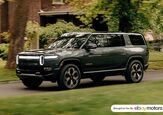
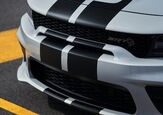
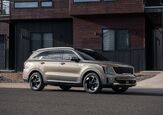






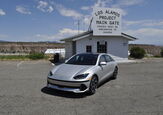







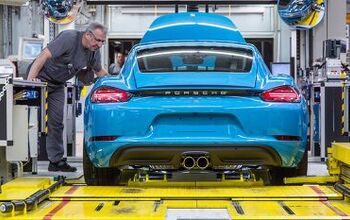

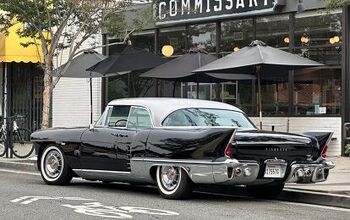

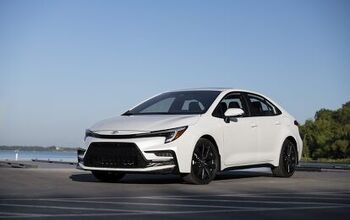


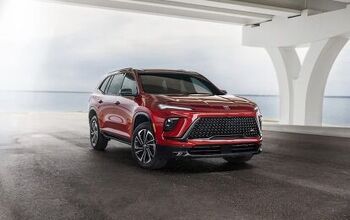
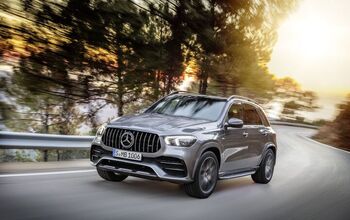

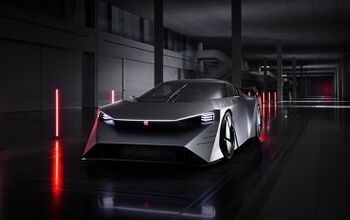


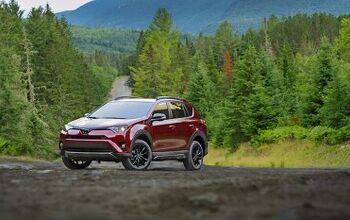


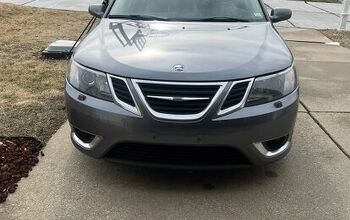
Comments
Join the conversation
My friends are telling me the calibration was done by VM Motori. Also mentioned something about rules change. Something about as launched in production the rules were FTP pass = good to go. Now it's a different criteria. He did mention several of the functions listed are for other EPA requirements. So hardware = Bosch, Cal = VM. FCA was just program management / customer.
The juice just isn't worth the squeeze anymore for diesels in this class of vehicle in the US. Leave the diesels for the working rigs. Given the complicated emissions, high initial cost compared to gas, and increased maintenance requirements as well as more expensive fuel in many parts of the world these vehicles make sense for a small niche of folks and it is a shrinking one.